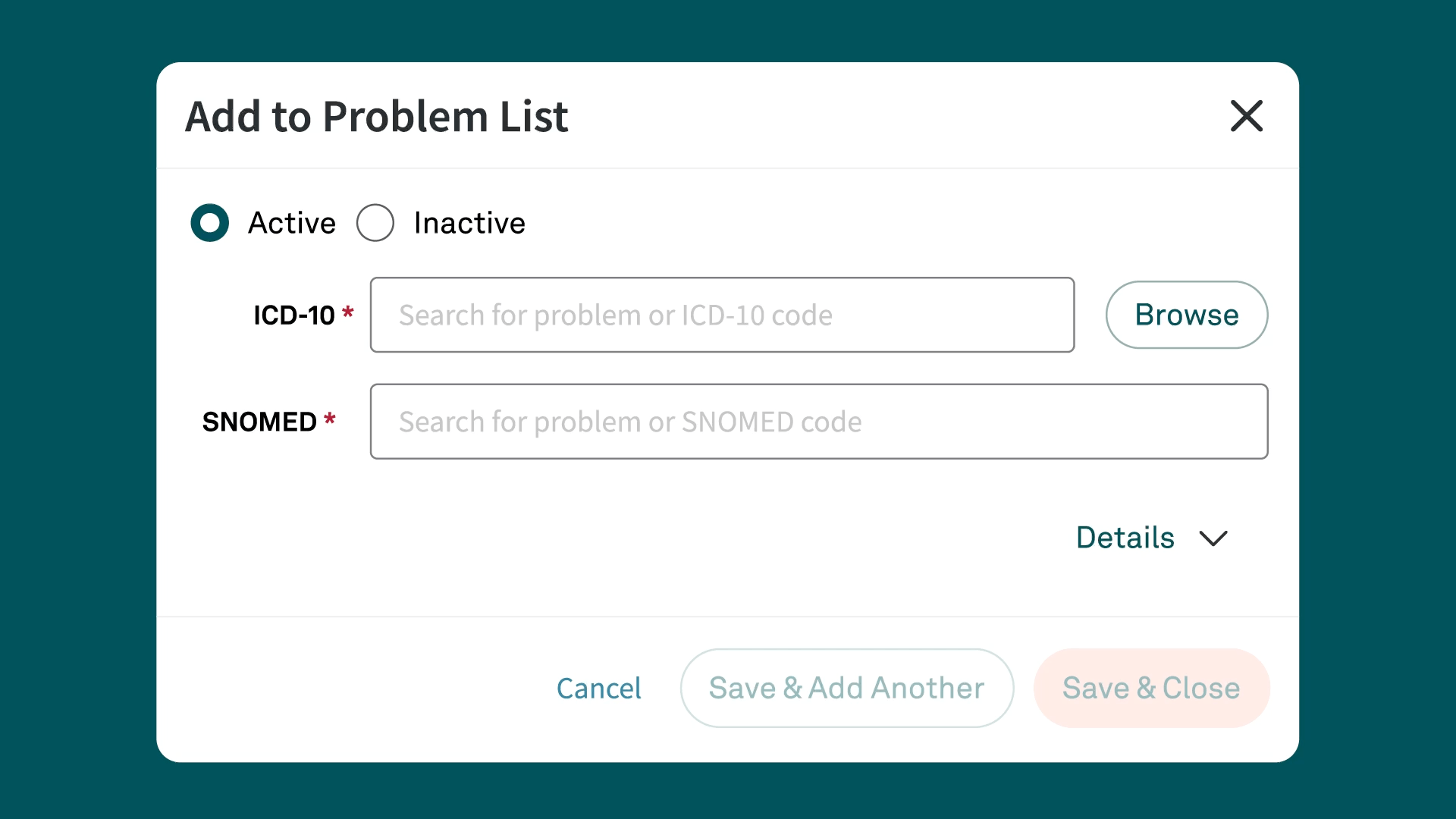ICD-10 Code C50.911
Malignant neoplasm of unspecified site of right female breast
What is the code C50.911?
The ICD-10-CM code C50.911 refers to “malignant neoplasm of unspecified site of right female breast.” This code is used in medical coding to document and identify cases where a malignant tumor is found in the right breast, but the specific site within the breast is not determined or documented.
Download your free resource now
Access it instantly — just complete the form

Detailed description of C50.911
C50.911 is a billable code used in healthcare to specify a diagnosis for reimbursement purposes. It falls under the International Classification of Diseases, 10th revision, Clinical Modification (ICD-10-CM) category of malignant neoplasms of the breast, which are cancers that originate from the breast tissue. The term "unspecified site" indicates that the exact location within the breast where the cancer originates has not been identified in the medical documentation. This code is specifically for cases involving the right female breast.
Symptoms commonly associated with C50.911
Patients diagnosed with malignant neoplasm of the right female breast may exhibit various symptoms, including but not limited to:
- A lump or mass in the right breast
- Changes in the size, shape, or appearance of the breast
- Skin changes on the breast, such as dimpling or puckering
- Nipple discharge that may be bloody or clear
- Pain or tenderness in the breast
- Swelling in part or all of the right breast
Related and similar ICD-10 codes
There are several related ICD-10 codes that may be used based on the specific location of the breast cancer and the gender of the patient:
- C50.912: Malignant neoplasm of unspecified site of left female breast
- C50.921: Malignant neoplasm of unspecified site of right male breast
- C50.919: Malignant neoplasm of unspecified site of unspecified female breast
- C50.922: Malignant neoplasm of unspecified site of left male breast
- C50.811: Malignant neoplasm of overlapping sites of right female breast
Appropriate usage and guidelines for C50.911
When using the ICD-10 code C50.911, it is important to ensure the following:
- The diagnosis of a malignant neoplasm in the right breast is confirmed.
- The specific site within the breast is not documented or cannot be determined from the medical records.
- The code is used for female patients; a different code should be used for male patients with breast cancer.
- Additional code should be assigned to identify estrogen, and other hormones and factors receptor status (Z17.–).
- If the patient is trans, check with payors for specific policies.
This code is typically used by healthcare providers, including oncologists, radiologists, and surgeons, who are involved in diagnosing and treating breast cancer.
Common pitfalls in coding with C50.911
Some common pitfalls to avoid when coding with C50.911 include:
- Using the code for benign breast conditions or non-malignant tumors.
- Using the code for malignant neoplasm of the skin of the breast (C44.501, C44.511, C44.521, C44.591).
- Incorrectly using the code for male patients, as C50.911 is specific to the female breast.
- Failing to use a more specific code when the medical record documentation indicates the specific site of the tumor within the breast.
Key resources for C50.911 coding
To ensure accurate and up-to-date coding, healthcare providers can refer to the following resources:
- ICD-10-CM Official Guidelines for Coding and Reporting: These guidelines provide comprehensive instructions for using ICD-10 codes.
- Centers for Medicare & Medicaid Services (CMS): CMS offers a wealth of resources and updates on coding practices, including webinars, manuals, and bulletins.
- Professional coding organizations: Organizations like the American Health Information Management Association (AHIMA) and the American Academy of Professional Coders (AAPC) offer educational resources, certifications, and support for medical coders.
- Coding reference books and software: Reference materials such as the ICD-10-CM codebook can support medical coders and providers.
These resources provide comprehensive guidelines and updates on ICD-10 coding practices, ensuring that providers can code accurately for reimbursement and clinical documentation purposes.
Conclusion
Use the ICD-10 code C50.911 as a specific designation for malignant neoplasms of the right female breast where the exact site is unspecified. Accurate use of this code supports proper diagnosis, treatment planning, and reimbursement. By understanding the detailed description, symptoms, related codes, and appropriate usage guidelines, healthcare providers can avoid common pitfalls and ensure precise medical coding. For further information and updates, referring to authoritative resources is recommended.
Simplify ICD-10 code documentation with Tebra
Tebra’s EHR+ gives you quick searches and Systematized Nomenclature of Medicine (SNOMED) field names for efficient code documentation. Plus, Tebra automatically saves ICD-10 to SNOMED mapping for future searches, streamlining your workflow.

Discover how Tebra helps providers effortlessly document health-related issues and conditions in this detailed post.
Stay Ahead with Expert Healthcare & Billing Insights
Get the latest industry updates, financial tips, and expert strategies — delivered straight to your inbox.


